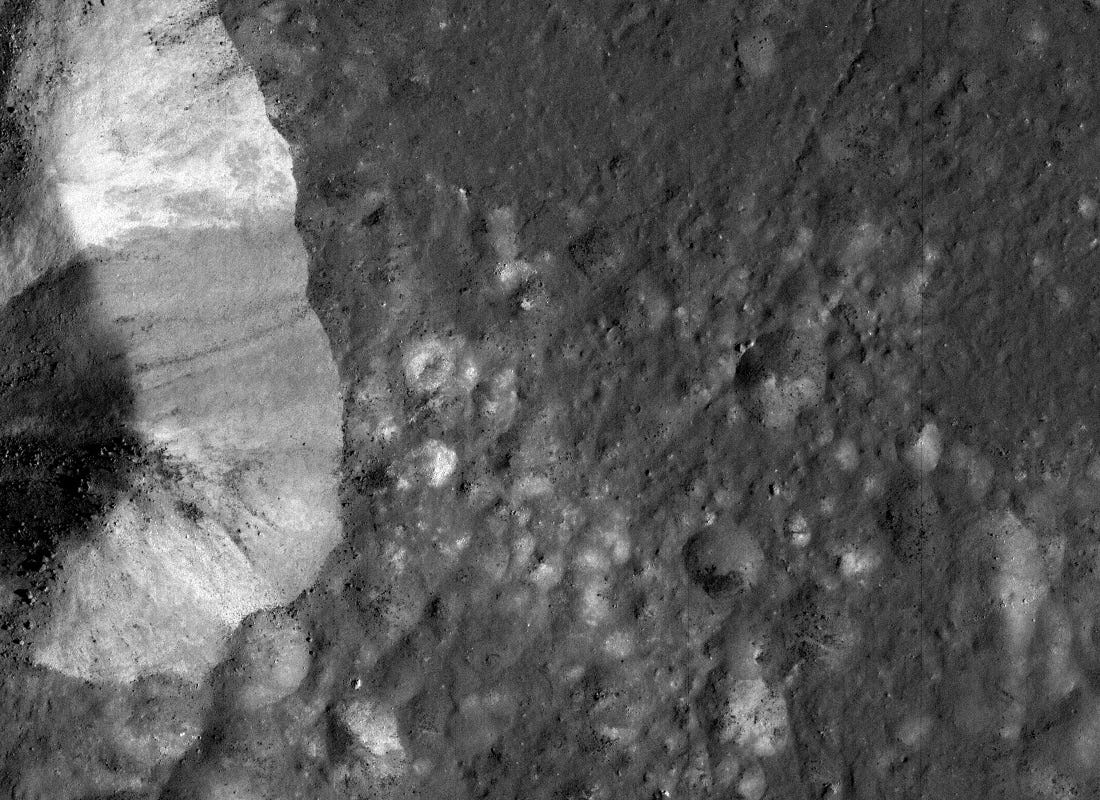Moon Monday #121: NASA announces crew for Artemis II, centralizes its lunar exploration efforts, and more
The astronauts who will fly around our Moon soon
In what felt like an Apple-esque presentation, NASA announced today the four astronauts who will travel around our Moon and back as part of the 10-day Artemis II mission:
- Reid Wiseman (Commander)
- Victor Glover (Pilot)
- Christina Hammock Koch (Mission Specialist)
- Jeremy Hansen (Mission Specialist)
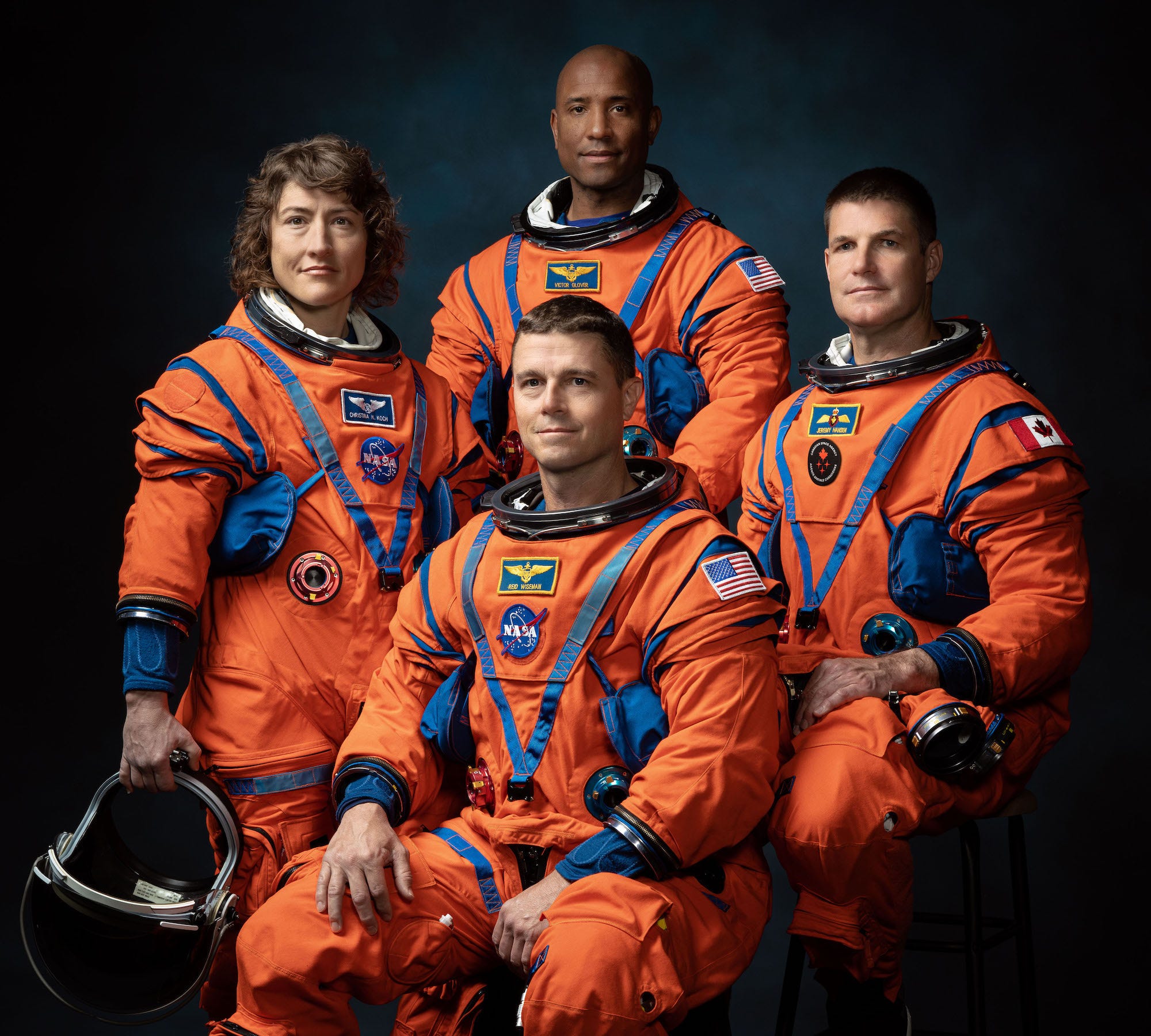
NASA is aiming to launch these astronauts on the Orion spacecraft atop the SLS rocket in November 2024 at the earliest. Hansen is a Canadian astronaut, flying in return for CSA contributing the Canadarm3 robotic servicing system to the Gateway, which is an upcoming NASA-led international crewed lunar orbital station. If Artemis II is successful, the stage will be ripe for NASA to land humans on our Moon again with Artemis III mid-decade.
Tangent: SpaceX’s similar dearMoon mission, purchased by Japanese billionaire Yusaku Maezawa, aims to carry 9 people around Luna. There’s a chance that SpaceX could fly humans around the Moon before NASA launches crew on Artemis II, especially when considering that the evolution of the same Lunar Starship system is supposed to land astronauts on the Moon for NASA with Artemis III. This isn’t a competition—more the merrier!—but the optics of it to that end are interesting.
Relatedly, NASA has selected Jon Olansen as the new manager of Gateway. Olansen previously managed the development of Habitation and Logistics Outpost (HALO) module, where Artemis astronauts will initially live in while at the Gateway for Artemis missions. The same agency release tells us that Gateway’s launch is in 2025, meaning it’s been delayed from end of 2024 as originally targeted.
NASA centralizes Artemis planning after all
Catalyzed by the 2022 NASA Authorization Act, the U.S. Congress has approved the creation of a new Moon to Mars Program Office at NASA HQ. This office centralizing various related as well as disparate elements of Artemis, and residing within the agency’s Exploration Systems Development Mission Directorate (ESDMD), is being led by Amit Kshatriya and his deputy Lakiesha Hawkins. Centrally managing Artemis is bound to improve safety, transparency, responsibility, and accountability in this unprecedented crewed space endeavor that can now finally be considered a program rather than a campaign!
Less reported but ESDMD is also getting a new Strategy and Architecture Office sitting parallel to the Moon to Mars one. It will lead the development of an integrated master plan based on the agency’s Moon to Mars Objectives, which were recently updated.
Here’s the new ESDMD organization chart:
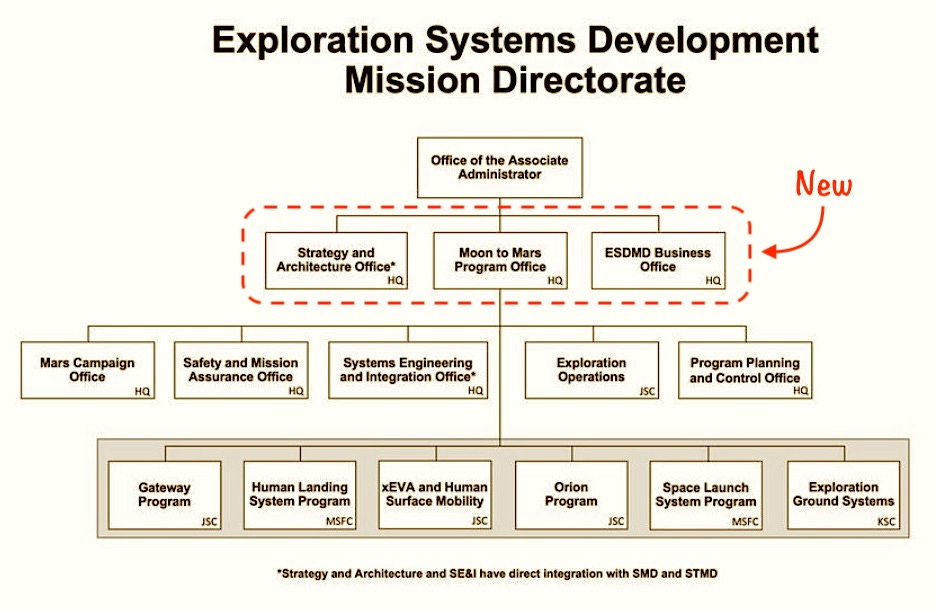
Relatedly, in its 2022 annual report, the Aerospace Safety Advisory Panel (ASAP) applauded NASA for making “impressive strides in [Artemis] program management,” chief of which includes NASA aligning and centrally listing all Artemis engineering elements to ensure traceability of requirements as well as their systematic integration and interoperability. The agency has now also has an “Artemis master schedule”, which is reviewed every month to identify lingering areas and disconnects.
Many thanks to Epsilon3, Open Lunar Foundation and The Orbital Index for sponsoring this week’s Moon Monday.
Mission updates
- Jeff Foust reports that the launch of JAXA’s SLIM lunar lander on the homegrown H-2A rocket has been delayed from May. Since the H-2A upper stage engine is similar to the one that failed to ignite on the H3 rocket’s debut flight last month, JAXA has put SLIM’s launch on hold until the investigation at least clears the H-2A for flight.
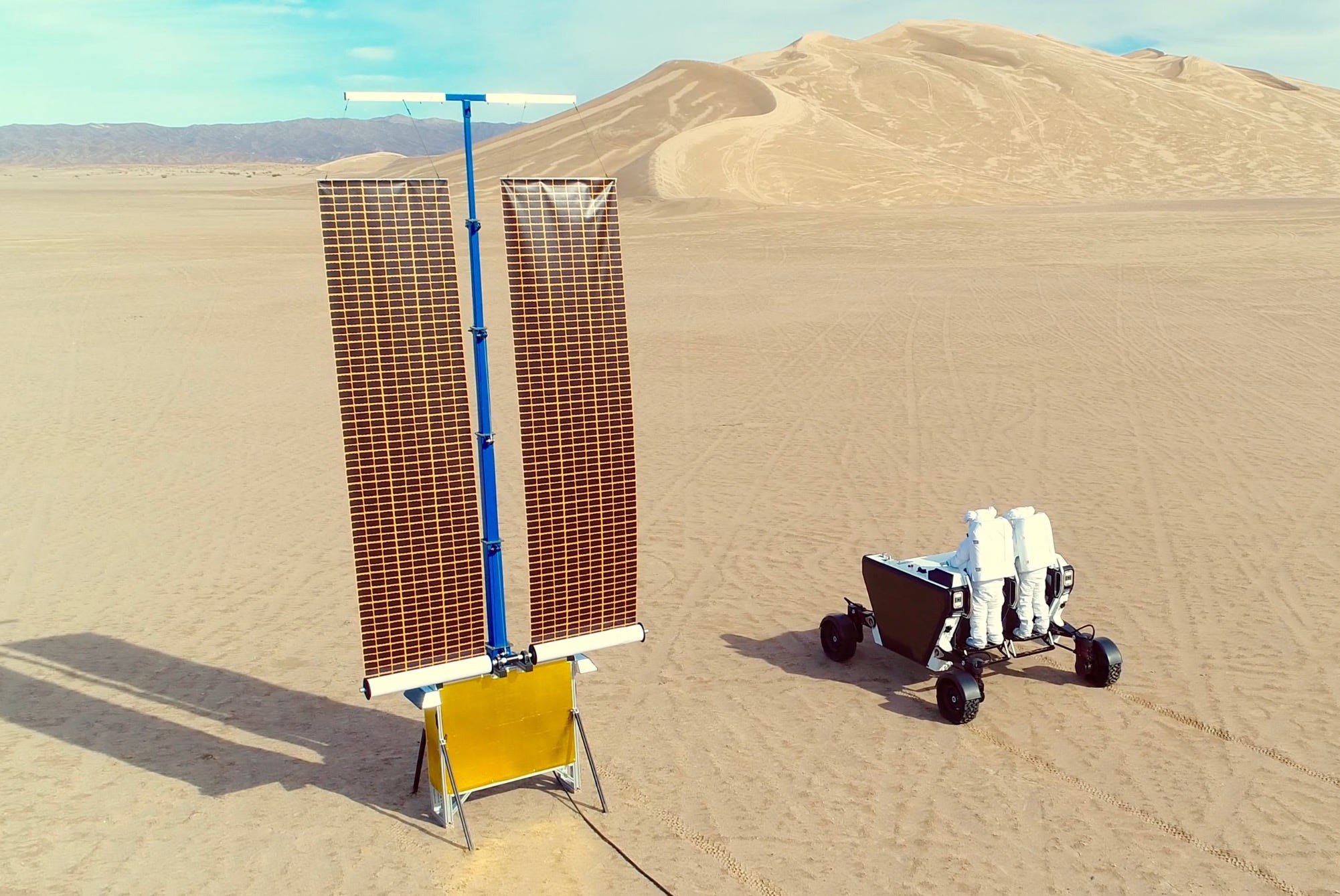
- Astrolab is aiming to have their first Flexible Logistics and Exploration (FLEX) rover deployed on the Moon’s south pole by a SpaceX Starship launch & landing system in 2026. This is intriguing because it’s essentially the same rover design Astrolab will pitch to NASA as the agency requests proposals this May for a versatile Lunar Terrain Vehicle, which will be used across Artemis missions starting end of decade for at least 10 years. Astrolab has been testing FLEX’s fully-functional terrestrial prototype for mobility, crewed and remote operations, and for deploying a variety of large payloads.
- As part of the ongoing community input phase, NASA is holding a virtual Lunar Surface Science Workshop on April 4–5 for U.S. scientists to help the agency downselect from the 13 candidate polar landing zones of the Artemis III crewed Moon mission mid-decade. With the mission planning for four astronaut excursions up to 2 kilometers from the lander, finding a scientifically impressive site while balancing engineering constraints isn’t easy.
Lockheed Moonlights Crescent Space
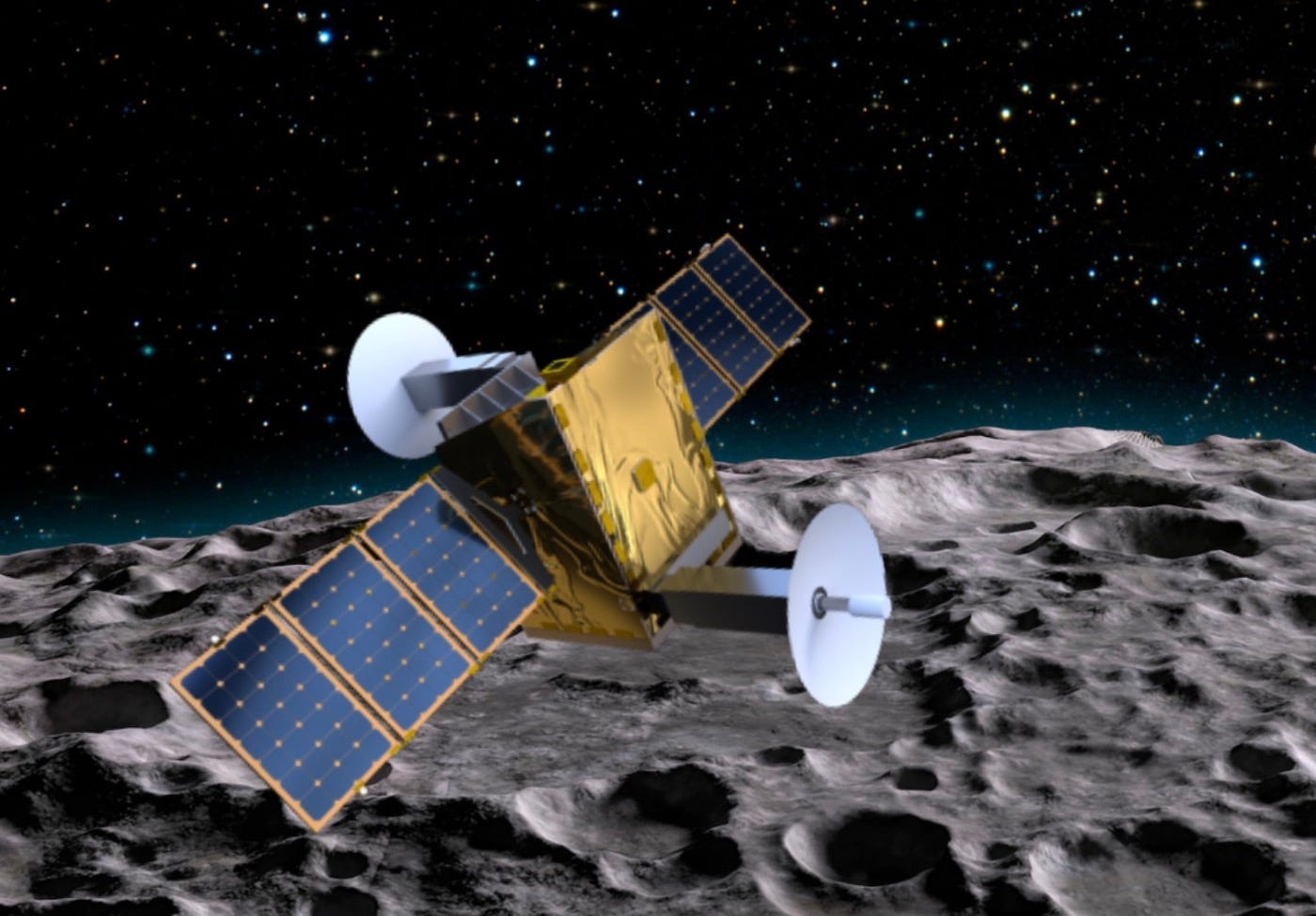
Lockheed Martin has established Crescent Space, a subsidiary dedicated to providing lunar infrastructure services starting with Parsec, an interoperable commercial communications and navigation service for a variety of hardware on and around the Moon. Lockheed plans to build and launch the first two satellites of the Parsec constellation in 2025, after which Crescent will take over their ownership and operations. Parsec’s satellite bus is the same one as Lockheed has used in NASA’s upcoming Lunar Trailblazer orbiter. Marcia Smith notes that in a FCC filing, Lockheed is seeking permission to also deploy 230 compatible lunar surface stations.
The most viable competitor to Crescent in this space is ESA, whose Moonlight plans literally set in motion with the launch of the Lunar Pathfinder orbiter in 2026. There are other navcom services being planned as well globally, from China to the likes of ArkEdge Space, Aquarian Space and Plus Ultra.
More Moon
- Studies of lunar samples collected by China’s Chang’e 5 mission in 2020 have found water trapped in glass beads. Most of these beads formed over 3 billion years ago as part of heated lunar material ejected by asteroid and cometary impacts. Scientists think said water is primarily created due to the solar wind interacting with the Moon’s surface, and is then getting diffused into the glass beads through a series of processes. Scientists estimate this mechanism allows 270 trillion kilograms of water to exist in the top 12 meters across all of Luna. If confirmed, this would be great news but just for contrast, Lake Superior—Earth’s largest freshwater lake—alone hosts over 11,000 trillion kilograms of water.
- In an interview with Interstellar News, ISRO Chief S. Somanath said that the agency has submitted an internal report to the Indian government regarding possible stances the country could take on the U.S.-led Artemis Accords. However, Somanath also mentioned that “signing the Accords is a prerequisite for participating in Artemis.” This, in the eyes of his team, complicates the decision-making process for India to collaborate on Artemis lunar missions. But said condition may not be true, or is at least murky, because Marcia Smith reported in December 2022 that the U.S. is pushing for broad international acceptance of the Accords independent of a country’s intentions to collaborate with NASA on Artemis itself.
- NASA’s ultra-sensitive ShadowCam imager onboard South Korea’s first lunar orbiter KPLO dazzles once again with a nightime image of the Aristarchus crater, illuminated by Earthshine! The latter is 10 to 100 times fainter than even the secondary illumination ShadowCam typically uses to image permanently shadowed regions on the Moon’s poles. Related: Because secondary illumination can have light coming from all directions, interpreting landforms and their geology is tricky with such images.
